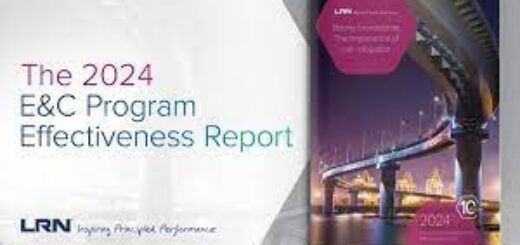Voluntary Self-Disclosure — DOJ’s Enforcement Engine

The Department of Justice and many regulatory agencies have rolled out the red carpet for companies to cross the threshold and voluntarily disclose criminal conduct in the hopes of gaining leniency, immunity and reduced fines and penalties. From DOJ’s perspective, a voluntary disclosure program increases DOJ’s ability to prosecute more organizations and individuals engaged in wrongdoing.
Whether DOJ’s voluntary disclosure efforts have been as successful as touted is up for debate. In the last twenty years, the number of companies taking advantage of the voluntary disclosure benefits have ebbed and flowed. At the same time, until the FCPA Corporate Enforcement Program, which eventually morphed into the DOJ Corporate Enforcement Program, the standard for benefits of a voluntary disclosure varied.
Eventually, DOJ’s Corporate Enforcement Program arrived at straight-forward formula (with potential aggravating adjustments): If a company voluntarily disclosed criminal conduct not known to the government, fully cooperated with the government investigation and timely remediated its corporate compliance program, the company would be entitled to a declination. In this circumstances, the company would be required to disgorge any ill-gotten profits derived from its misconduct.
DOJ’s Antitrust Division has been carved out of this program because of its long-standing Leniency Program that began in the 1990s and fueled significant prosecutions of global cartels with coordinated leniency incentives maintained by law enforcement around the world. While touted as enormously successful, in recent years, even DOJ’s Antitrust Leniency Program appears to be sputtering as fewer companies appear to be taking advantage of the Antitrust Leniency Program and criminal enforcement has been declining in numbers.

In its recent announcement of the new Corporate Enforcement Program (“CEP”), DOJ has doubled down on its voluntary disclosure program and directed each component of DOJ, beyond the Criminal Division and National Security Division, to implement and publicize their respective voluntary disclosure programs. At its core, the new CEP (like prior formulations) is intended to increase DOJ prosecution of culpable individuals. In theory, companies that discover wrongdoing should quickly identify the nature of the misconduct, disclose it to the Justice Department, and provide the requisite evidence to prosecutors to charge culpable individuals.
DOJ’s model suffers from a significant trend that has occurred over the last decade. Companies that uncover misconduct may not be so ready to take the leap of faith and voluntarily disclose the conduct to DOJ in the hopes of earing a declination. Why?
Companies are conducting a careful cost-benefit analysis. Instead of rushing to DOJ, companies that uncover misconduct are waiting to decide whether to voluntarily disclose until they learn more about the scope of the problem. In other words, they may investigate the matter a little more to determine how big the problem is and how much legal exposure the company may have. At the same time, a company may decide to investigate misconduct, remediate the problem by terminating culpable individuals and enhancing their ethics and compliance program based on its own root cause analysis. To protect against subsequent discovery by law enforcement, the company will document the investigation and the specific remediation steps it took to address the problem. In this scenario, the company may determine that the risk of detection in avoiding the voluntary disclosure, along with the internal investigation and remediation effort, will provide some benefits in the event that DOJ prosecutors later learn about the misconduct.

Over the last ten years, this cost-benefit analysis may have resulted in fewer companies voluntarily disclosing misconduct. The decision of which path to take is not an easy one and requires a careful weighing of facts and circumstances. Two critical factors come into play — the risk of detection and the pervasiveness of the criminal activity. As the risk of detection and pervasiveness of the misconduct increase, companies may be more apt to voluntarily disclose the conduct.
My hunch on these trends is supported by a comparison of individuals charged with criminal offenses where companies cooperated. While there are certain stark cases where corporate cooperation led to the indictment of culpable individuals (e.g. Cognizant Technology FCPA case), there is not a long list of matches between cooperating companies and individuals charged. To me, this suggests that either many companies are not voluntarily disclosing misconduct or prosecutors have dropped the ball in charging individuals (which I seriously doubt).
It is hard to predict whether DOJ will have to re-examine its new CEP in the next few years in the face of dwindling voluntary disclosure. In the meantime, it is important to track corporate resolutions and prosecution of culpable individuals from these companies to monitor which way the trend line is moving.















1 Response
[…] Source link […]